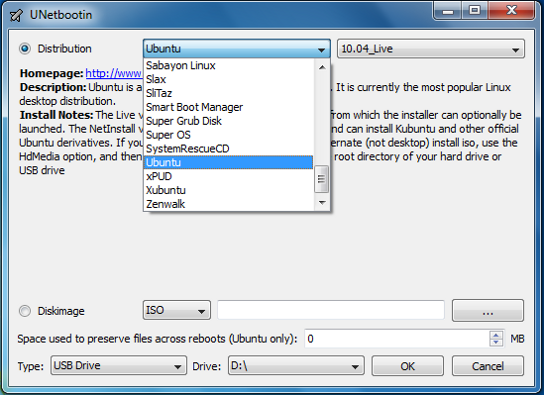LibreOffice Professional Certification!
LibreOffice is developing a Certification Program! Pretty neat!
LibreOffice Certification Program
“Certification is a key milestone for building the LibreOffice ecosystem, and increase the number of organizations capable of adding value around LibreOffice (and, hopefully, help to spread the adoption over proprietary and open source office suites). Certification is also going to be an additional opportunity for The Document Foundation, at least in the medium to long term, in order to sustain the growth of the ecosystem.
TDF certification model will be different from that of proprietary software companies, as TDF – for instance – cannot leverage discounts over list prices (one of the typical advantages of certified partners). Developing a new certification model is both a challenge and an opportunity, for TDF and for its partners.
TDF (informal) ecosystem already includes the resources for creating this new model of certification program, and to make it interesting for the market (i.e. individuals and companies which are not yet thinking about becoming TDF partners, but have the potential to do so). In any case, TDF certification will not be related to the sheer dimension of the business, although companies able to generate a larger business should also contribute more to the project.
Before starting to outline the certification program, it should be absolutely clear that it is not supposed to become a source of competition for TDF corporate sponsors (today: Canonical, RedHat and SUSE), for TDF partners like Lanedo, and for TDF members who provide VAS (value added services) to the market. On the contrary, it provides a method of regulating the quality of the services provided by these entities and a method of recognising that certain services conform to clear and transparent regulatory criteria. This will help build and sustain the ecosystem.
The main focus of the certification program is the corporate environment, although TDF – in the future – might also create an end user training program as a by-product of the corporate training (although most end users will ask for a basic training program, and possibly for a certification like ECDL, which might become a secondary source of income, based on trainings for the trainers). Although there might be a large request for end user certification, this is not as important as professional certification as it is not going to help building the ecosystem.
Individual Certifications:
Certified Developer
Is able to hack LibreOffice code to develop new features or provide L3 Support to enterprise users, researching and developing solutions to new or unknown issues, designing and developing one or more courses of action, evaluating each of these courses in a test case environment, and implementing the best solution to the problem. Once the solution is verified, it is delivered to the customer and given back to the community. Certified Core Developers need to be present TDF members, and part of their certification is peer review by the Engineering Steering Committee.
Certified Migration Professional
Is able to coordinate the migration process from MS Office to LibreOffice, working with the customer to manage the change in all aspects (integration, development of macros and templates, training and support) in order to have a smooth transition.
Certified Professional Trainer
Is able to teach the use of LibreOffice at basic, intermediate or advanced level.
Certified L1 Support Professional
Is able to handle basic customer issues, gathering the customer’s information and determining the customer’s issue by analyzing the symptoms and figuring out the underlying problem. Technical support specialists in this group typically handle straightforward and simple problems like verifying the proper hardware and software set up, and assisting with application menus. In a corporate environment, the goal for this group is to handle 70%-80% of the user problems before finding it necessary to escalate the issue to L2 support.
Certified L2 Support Professional
Is able to assist L1 support personnel in solving basic technical problems and investigating elevated issues by seeking for known solutions related to these more complex issues. If a problem is new or a solution cannot be determined, is responsible for raising this issue to L3 support. Technical support specialists in this group typically handle complex functional problems. Within a migration project, is able to develop macros and/or templates reproducing those developed for MS Office, in order to offer to end users of the suite the same functionalities they were used to.”
 Do you need a bootable USB stick? Well, here’s a neat way to get one! This week’s GSotW, UnetBootin! It is awesome!
Do you need a bootable USB stick? Well, here’s a neat way to get one! This week’s GSotW, UnetBootin! It is awesome!